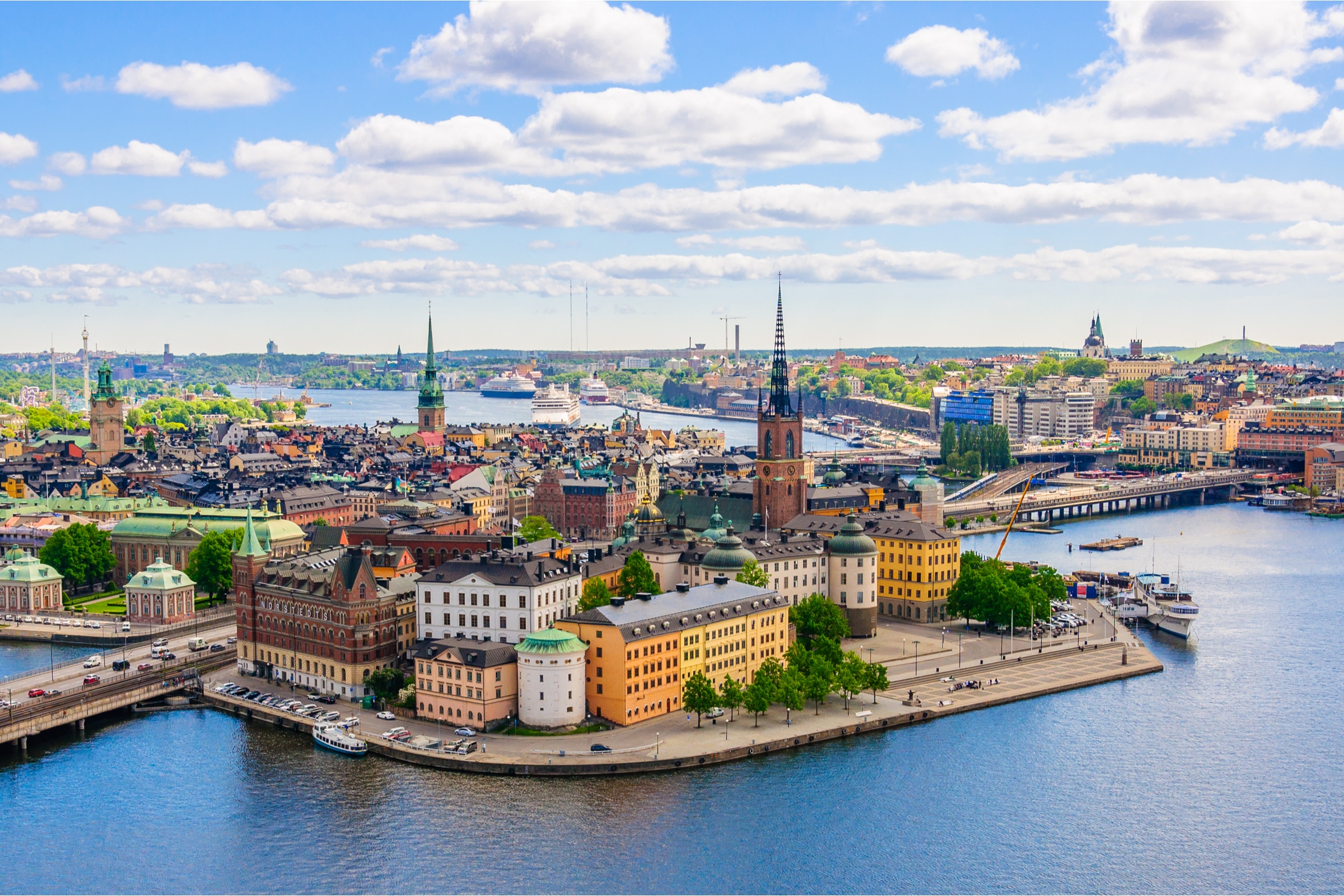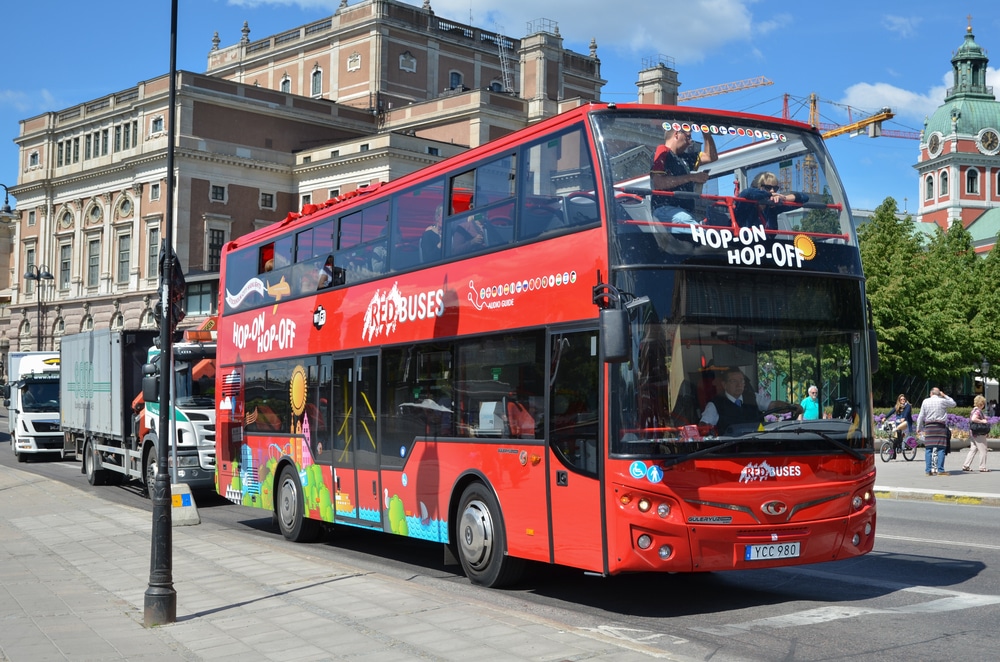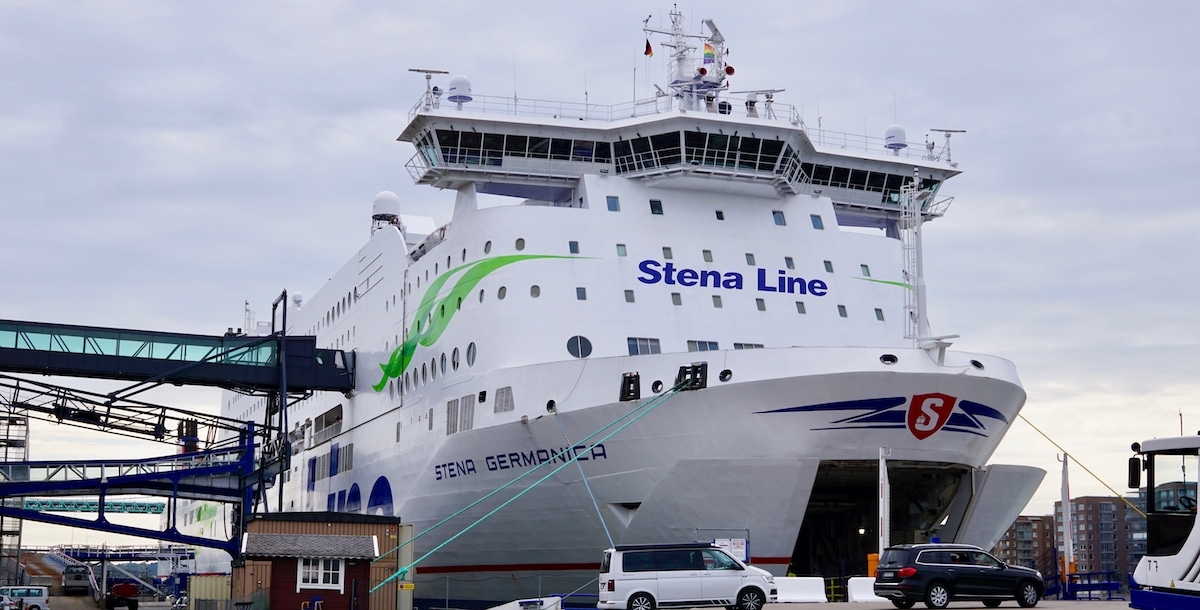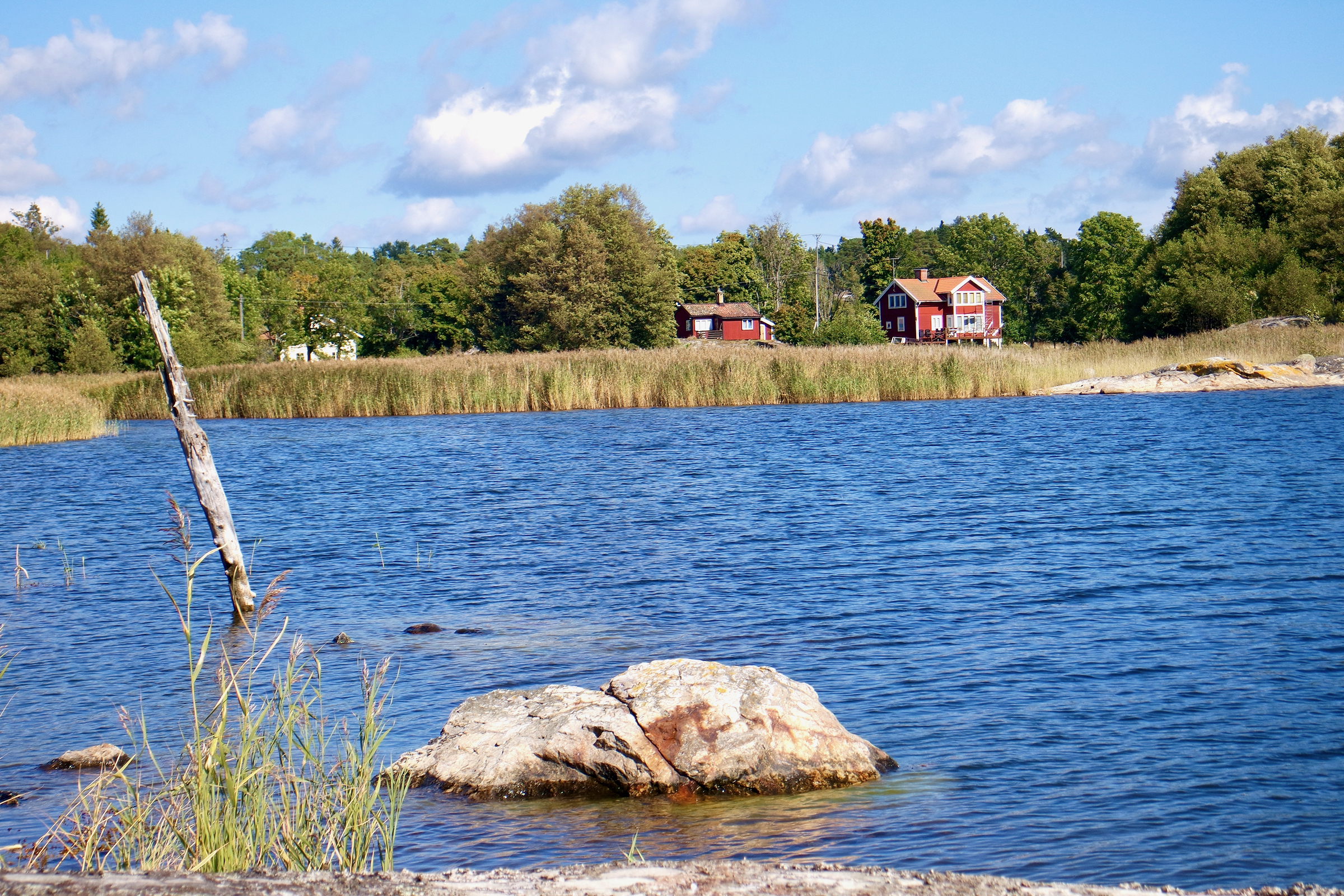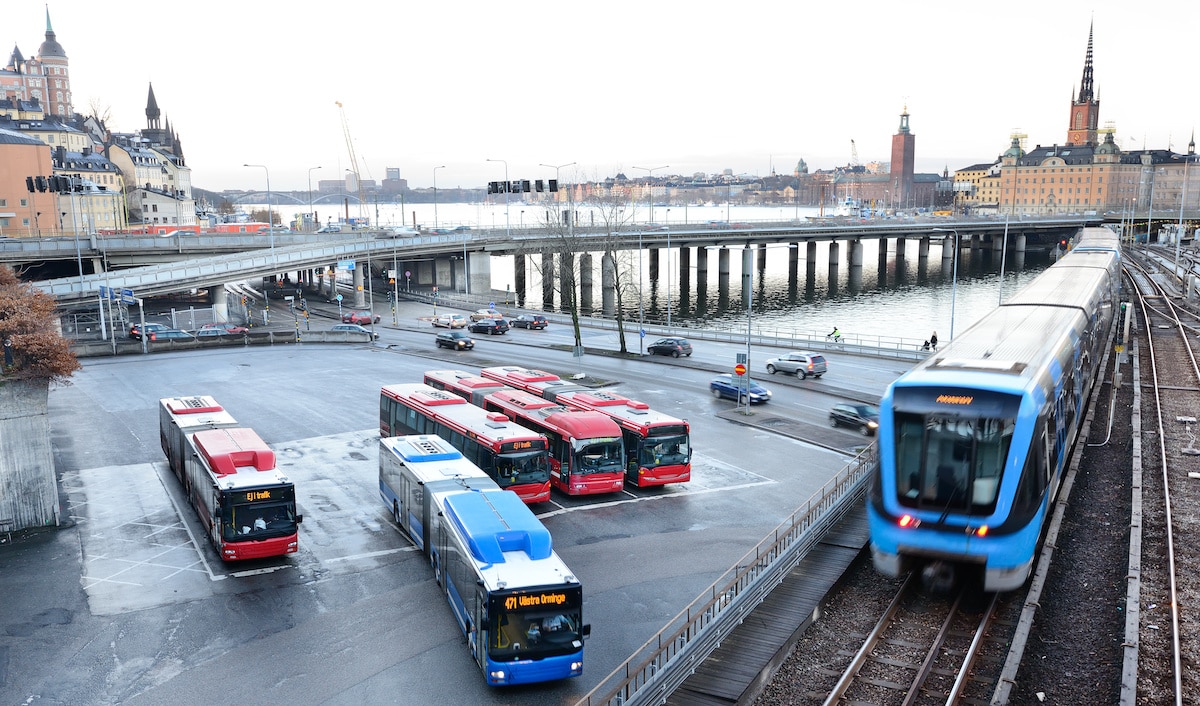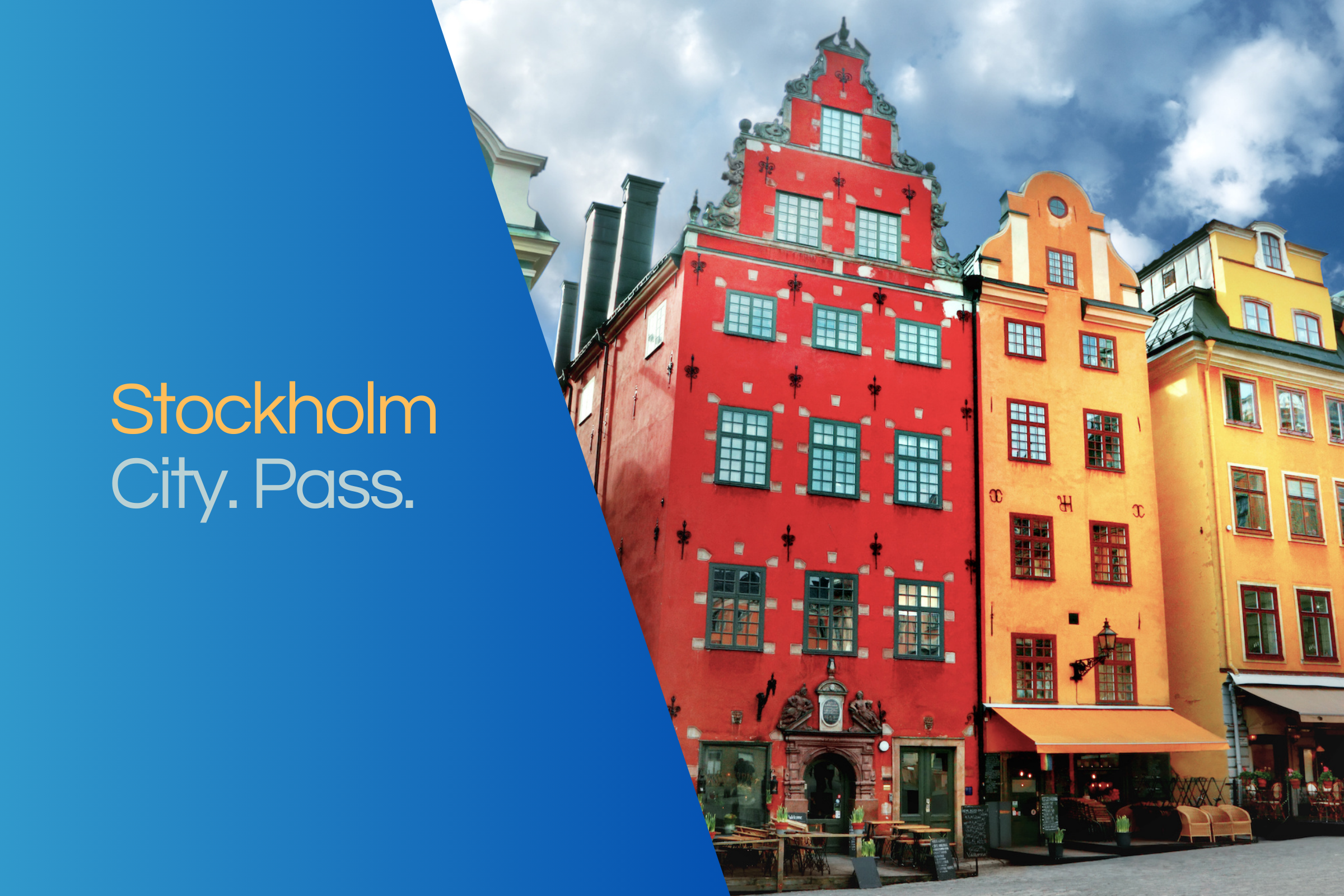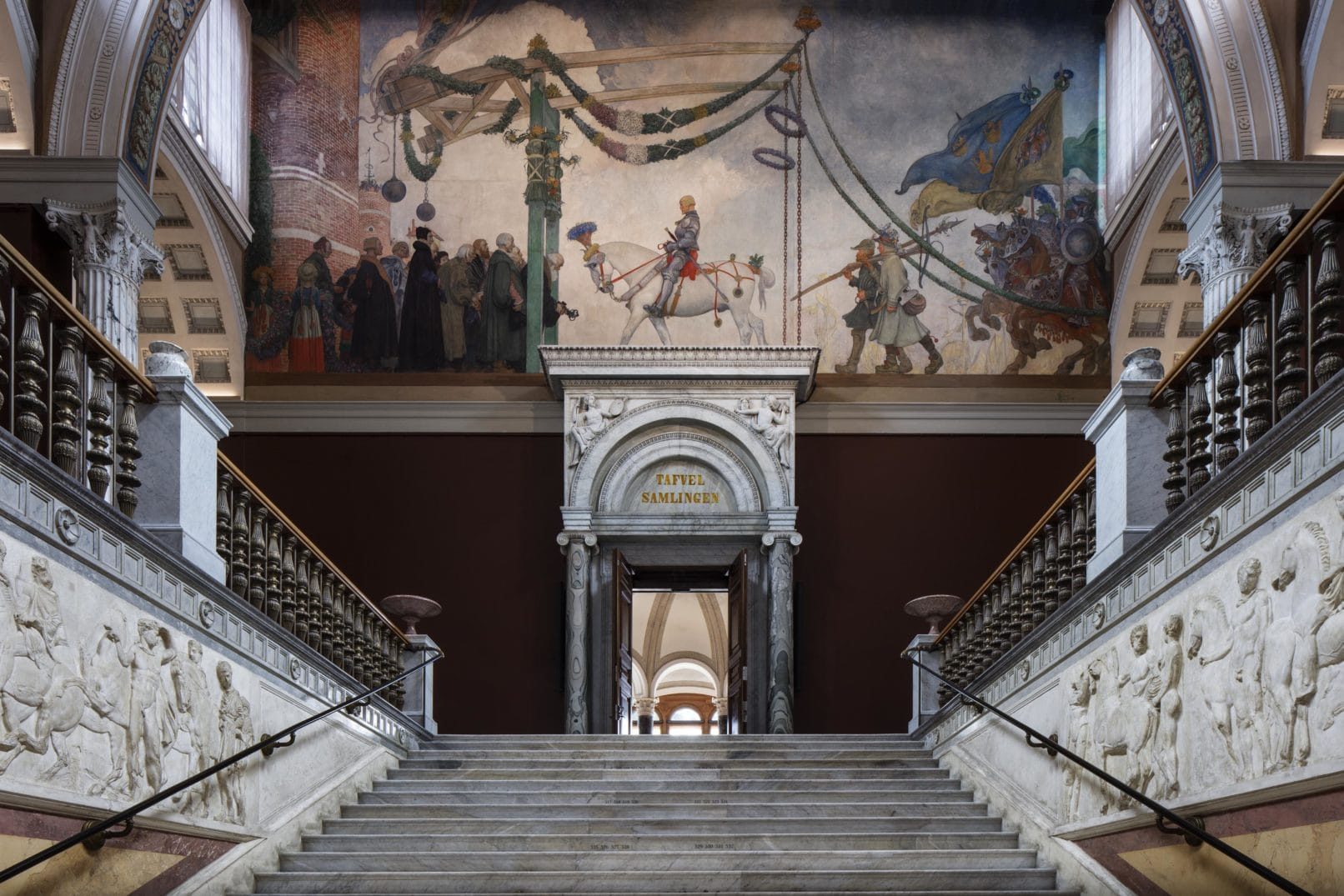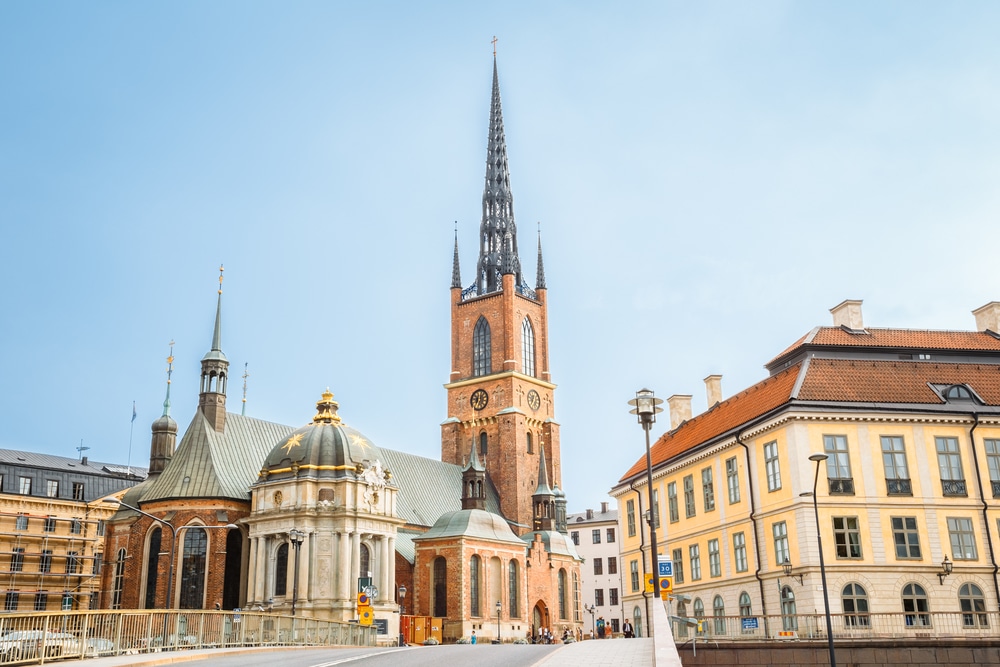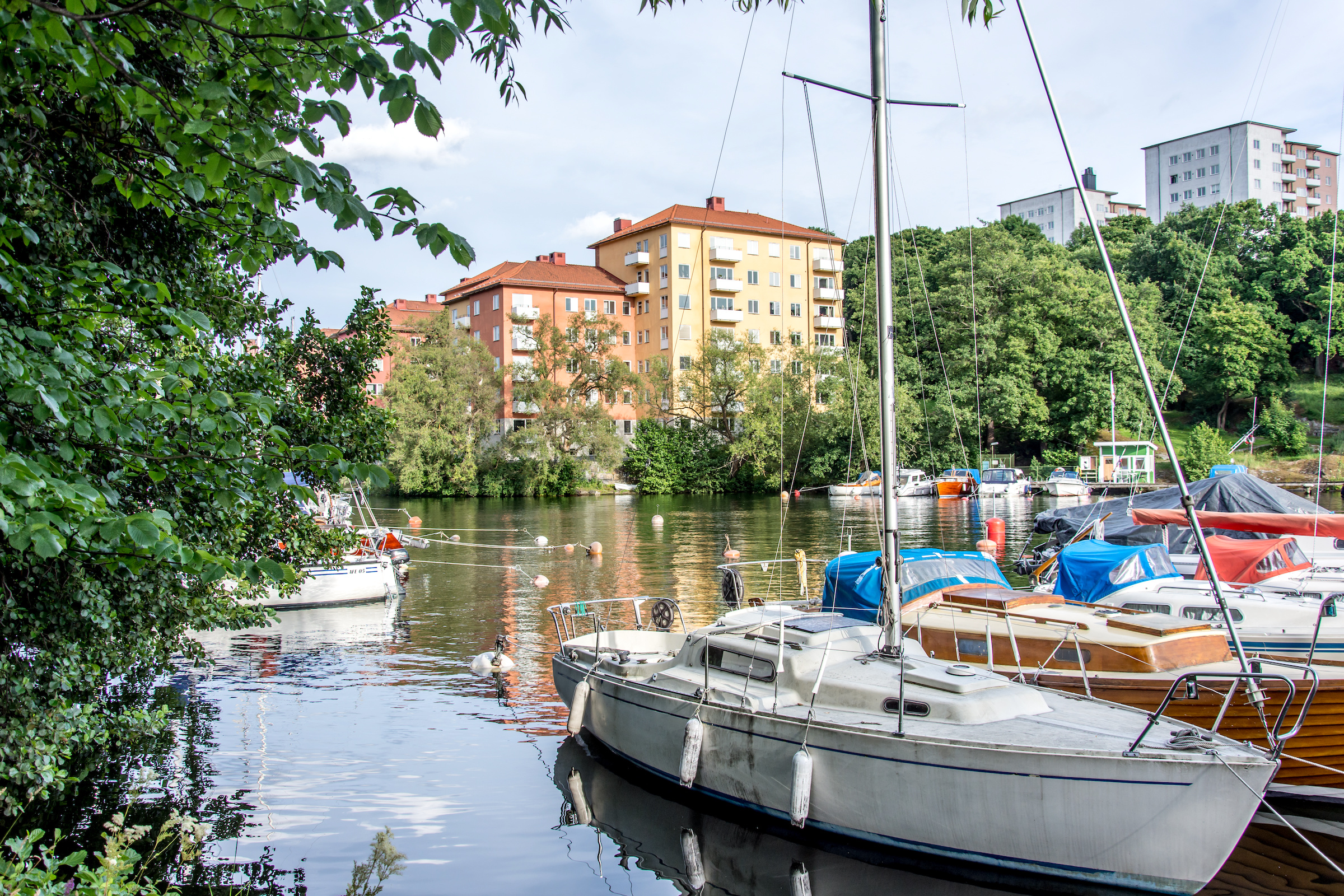The Finnish Church
Of all the churches in Stockholm's city centre, the Finnish church is probably the least known. Who is in the Stockholm old town Gamla Stan on the road should not be deceived by the inconspicuous exterior and at least a short trip to the small church directly opposite the Stockholm Castle dare. Especially popular with tourists is the only 14 cam tall Järnpoijke in the backyard of the church - the smallest statue in Sweden.
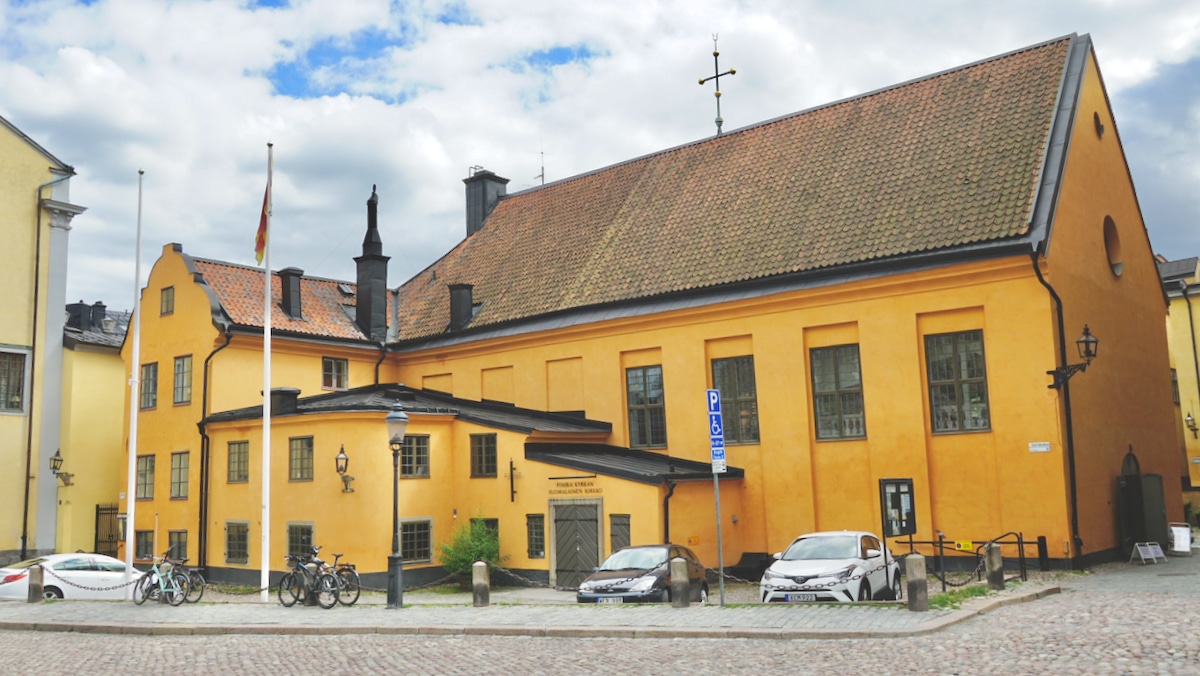
Fredriks kyrka or Suomalainen kirkko
The Finnish community has a long tradition in the Swedish capital. Their church is Finska kyrkan (in Finnish: Suomalainen kirkko), officially Fredriks kyrka after King Fredrik I, who approved the purchase of the baroque building by the Finnish congregation in 1725.
The building directly opposite the royal castle has an inconspicuous exterior, it has no church tower, but its church roof is adorned by a cross. The main hall is rectangular and, with a size of about 10 by 20 metres, can hold about 400 people. In the western part there is a double gallery, the parapet of which has been decorated with the Finnish imperial coat of arms and the coats of arms of the Finnish regions since 1734. The altar was created by Lorens Gottman in 1734 and depicts the Resurrection of Christ. The chandeliers are among the treasures rescued from what is now Soviet Ingermanland at the beginning of the Great Northern War.
Järnpojken - Sweden's smallest sculpture
In the southern courtyard of the church is Sweden's smallest public sculpture, Järnpojken, the Iron Boy. The sculpture, created in 1959 by Liss Eriksson, has become a real tourist magnet, not least because of the customs that have grown up around the figure. On cold days, visitors like to put a cap on the little boy or put a scarf or jacket around him.
[caption id="attachment_6345" align="alignnone" width="800"]  Järnpojken, the smallest statue in Sweden, in the backyard of the Finnish church.[/caption]
Järnpojken, the smallest statue in Sweden, in the backyard of the Finnish church.[/caption]
An eventful history
For a long time the Church of Finland had no building of its own. The congregation used rooms in the former Dominican monastery Svartbrödrarklostret from 1533. However, the monastery building was used as a quarry for the city fortifications in 1547 by order of Gustav Vasa. The Finnish congregation had to move to the present Storkyrka, where they were allowed to use a pulpit and an altar. The Finnish church had no lobby in Stockholm, its members had to submit to the mostly not very generous host and had to finance all purchases themselves. A chandelier from 1684 has been preserved from that time. Several stopovers followed, in which the Finns always got the short end of the stick and had to move on.
A church building of their own
In 1725 the Finns were finally given the opportunity to acquire the Lilla Bollhuset, the Small Ball House, built by Georg Sippel. The building had first served members of the court for ball games, had been used by travelling theatre companies in the 17th century and then as a court theatre, and was now converted into a church under by Göran Adelcrantz. Adelcrantz was a pupil and later collaborator of Nicodemus Tessin the Younger and was involved in the construction of Stockholm Castle.
In the meantime, a number of Finnish personalities had succeeded in attaining office and financially supporting the parish. In addition, art treasures from the trading centre of Nyen were rescued here. Nyen was situated in Ingermanland, the easternmost extension of the Swedish Empire on both sides of the Neva estuary and a strategic buffer zone against Russian attacks. While the Swedes acted like occupiers there, the encouraged influx of Finns was more successful. Soon the Finns formed the Ingermanic language and population group there. The church treasures would have been destroyed by Russian troops when they reconquered Ingermanland in the Great Northern War.
The Russian occupation of Finland in 1742/43 meant a Finnish influx into Stockholm. Nevertheless, the situation of the congregation was never secure, and in 1806 the church building was almost demolished for aesthetic reasons. In 1808 the Russo-Swedish War broke out, through which Russia consolidated its supremacy in the Baltic region. Finland now belonged to Russia as a Grand Duchy, and Sweden was considerably weakened. The war refugees caused the size of the community to grow to 1,200 people.
The role of Finns was controversial, but led to the royal decision in 1840 to recognize Finnish as a native Swedish language. The Finnish Civil War in 1918 as well as the Second World War fundamentally changed the character of the Finnish Church: many refugees, including many children, had to be cared for and accommodated. Between 1945 and 1950 the number of parishioners quadrupled to more than 5,800, and by 1970 the number had risen to 20,000, although by no means all became churchgoers.
Today Finska kyrkan is an integral part of Stockholm. In 1975, the church celebrated its 250th anniversary with the King in attendance; in 1983, the 450th anniversary of the day of the first Finnish church service in Stockholm was celebrated. The church and its swan organ from 1790/92 have been restored; there are regular concerts, to which the church's two choirs contribute. In addition, of course, there is the usual congregational work.
Wegbeschreibung
Dei Finnish Church is located directly across from Stockholm Castle and Storkyrkan.- Address: Slottsbacken 2B-C, 111 30 Stockholm, Sweden.
- Subway: red or green line to Gamla Stan stop
- Bus: line 2 and more to Slottsbacken stop
